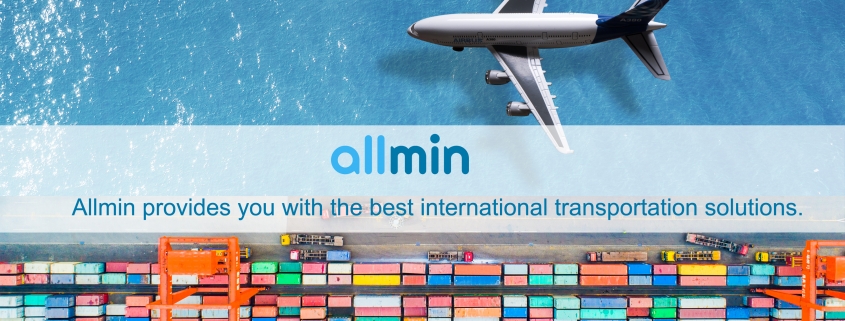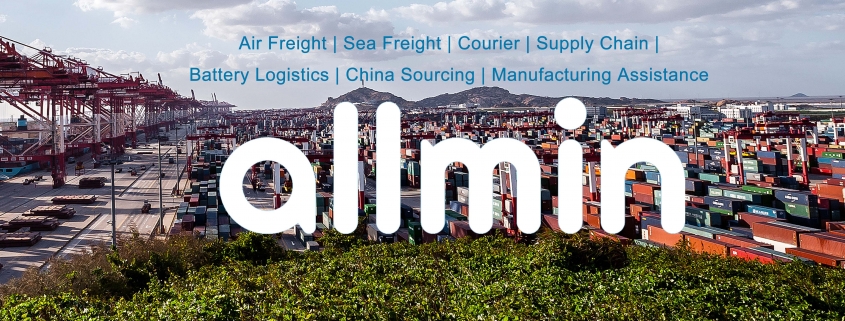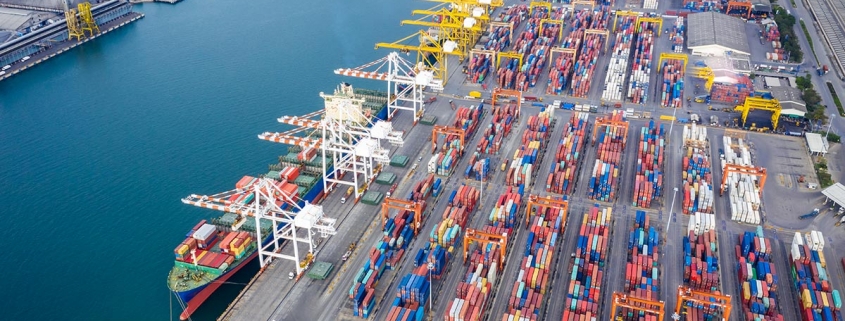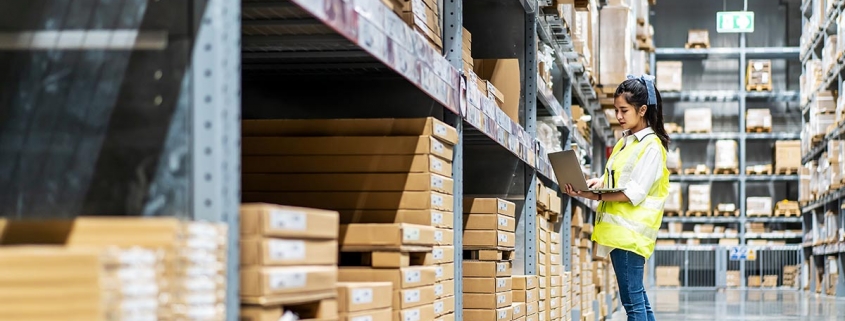Hello everyone! Today, we’re going to unveil the impact of the COVID-19 pandemic on the global supply chain. The pandemic has brought many challenges to logistics and supply chains. Let’s find out more!
Firstly, supply chain disruptions have been a major issue caused by the pandemic. Lockdowns, restrictions, and isolation measures have led to delays and interruptions in logistics transportation, putting immense pressure on the stability of the supply chain.
Secondly, fluctuations in demand and supply are also a result of the pandemic. Some industries have experienced a surge in demand, while others have faced a sharp decline, leading to imbalances in supply and demand and challenges in inventory management.
Furthermore, adjustments in labor and personnel have also impacted the supply chain. Travel restrictions and stay-at-home orders have caused labor shortages and necessitated adjustments in logistics personnel, affecting logistics operations and service quality.
Additionally, changes in global trade policies and customs measures have affected the supply chain. Export restrictions, import reviews, and transportation limitations have increased trade barriers and logistics costs.
However, the pandemic has also stimulated innovative solutions. For example, the adoption of digital technologies and intelligent logistics management systems improves supply chain visibility and tracking capabilities. Strengthening interdepartmental and international cooperation is also crucial in collectively addressing supply chain challenges.
In conclusion, the COVID-19 pandemic has had a profound impact on the global supply chain, but it has also prompted people to rethink and explore more flexible, sustainable, and resilient supply chain models.
#英文版标签:International Logistics #COVID19 #SupplyChainDisruptions #SupplyDemandImbalance











